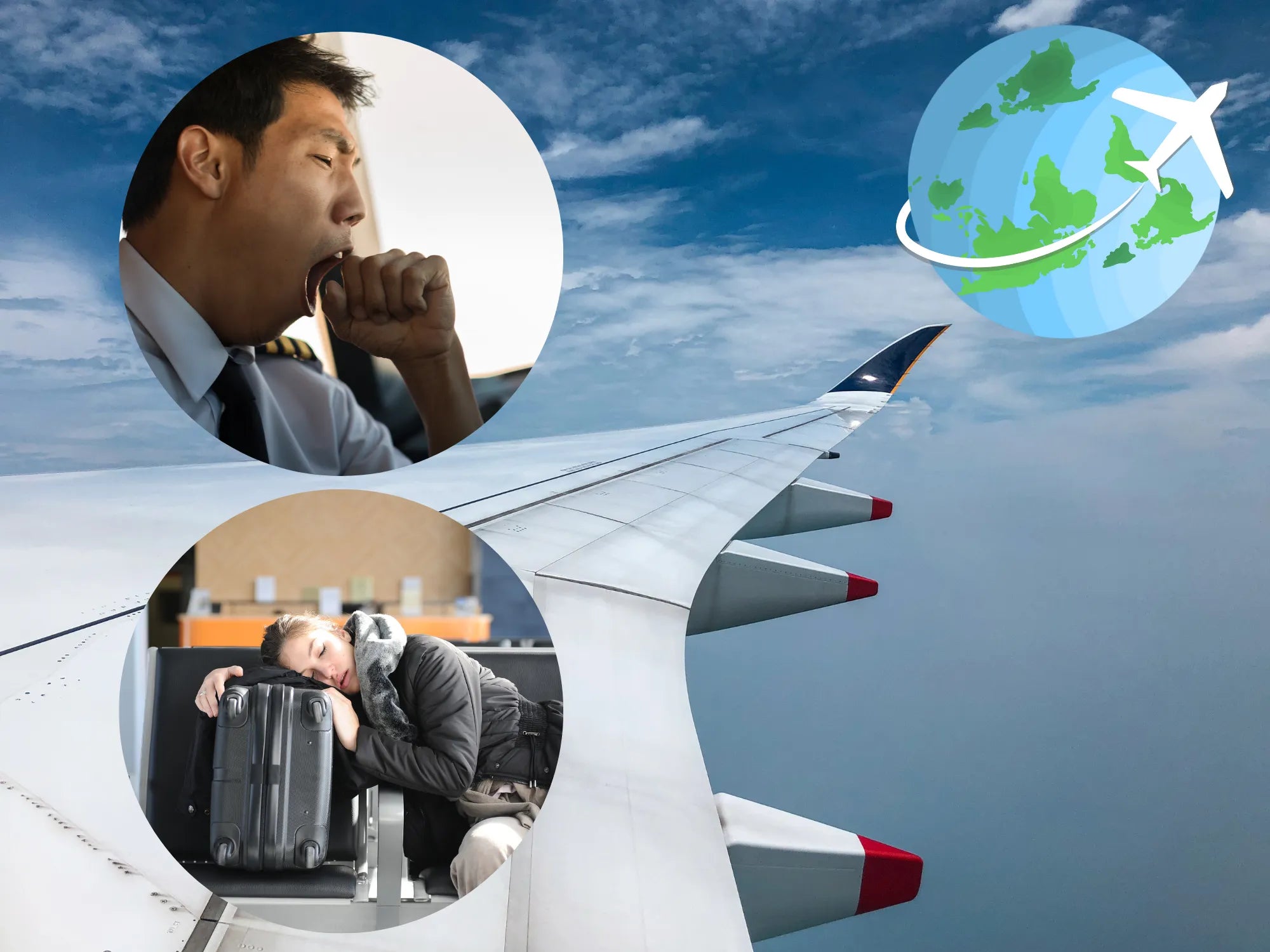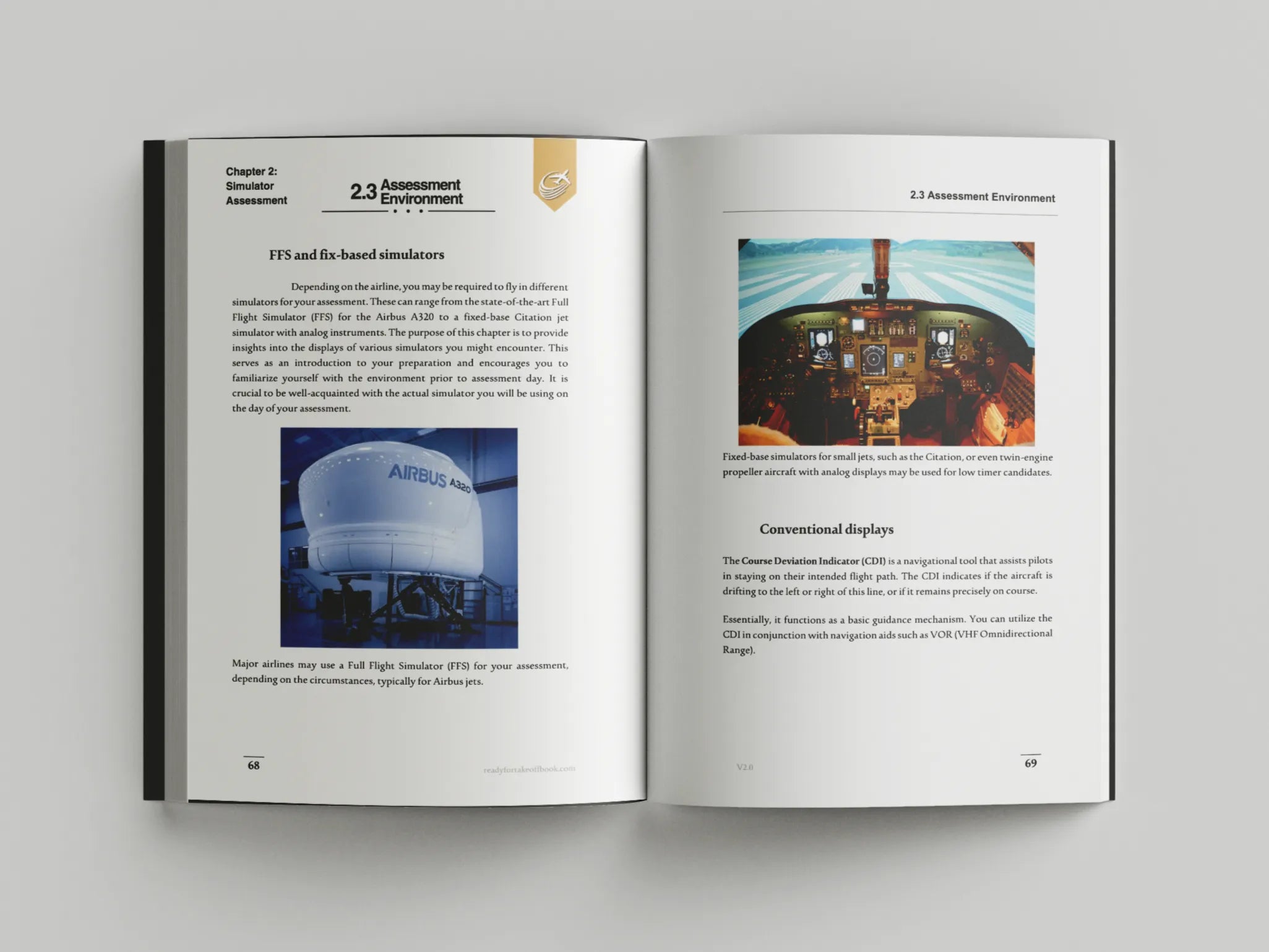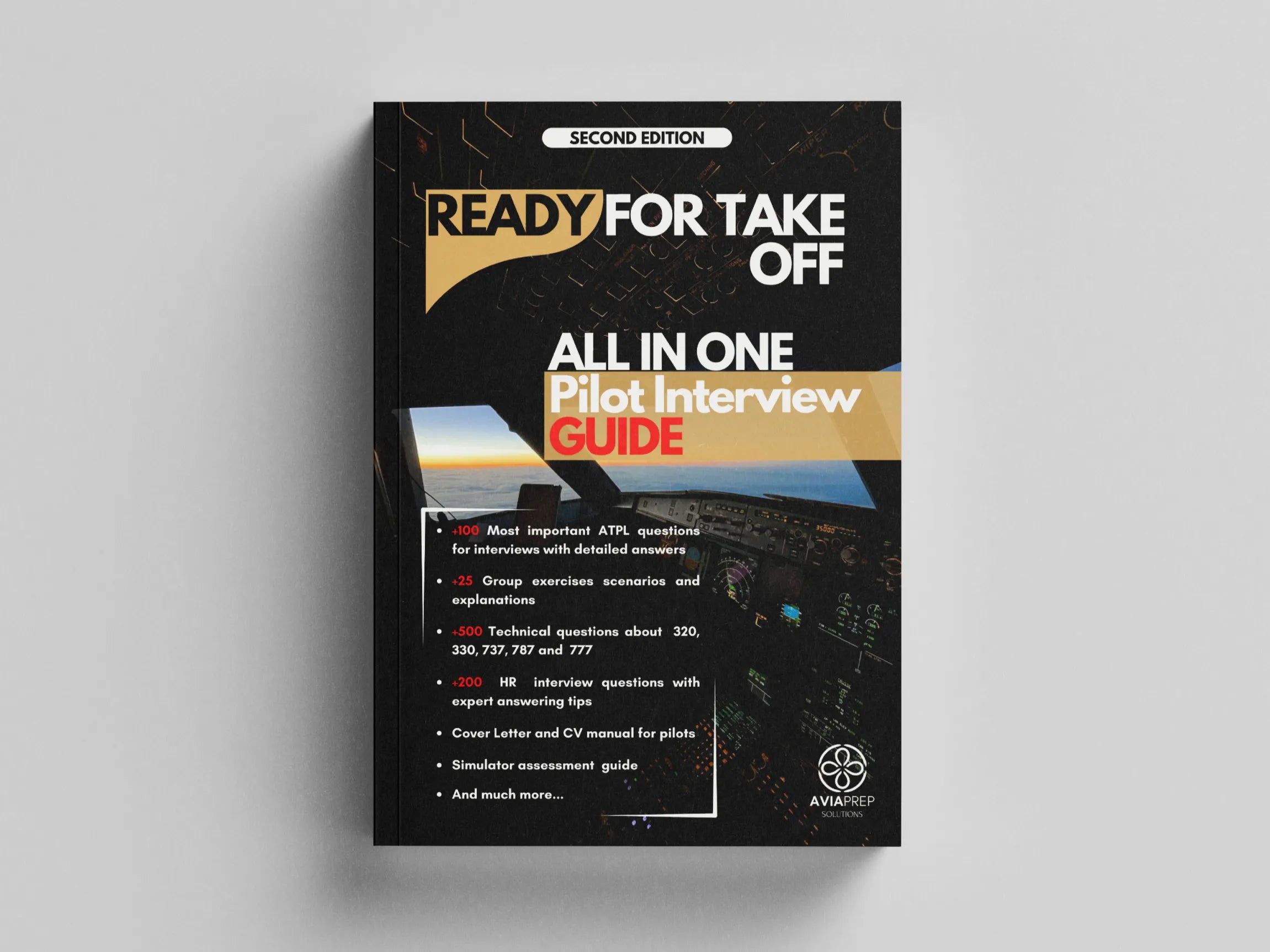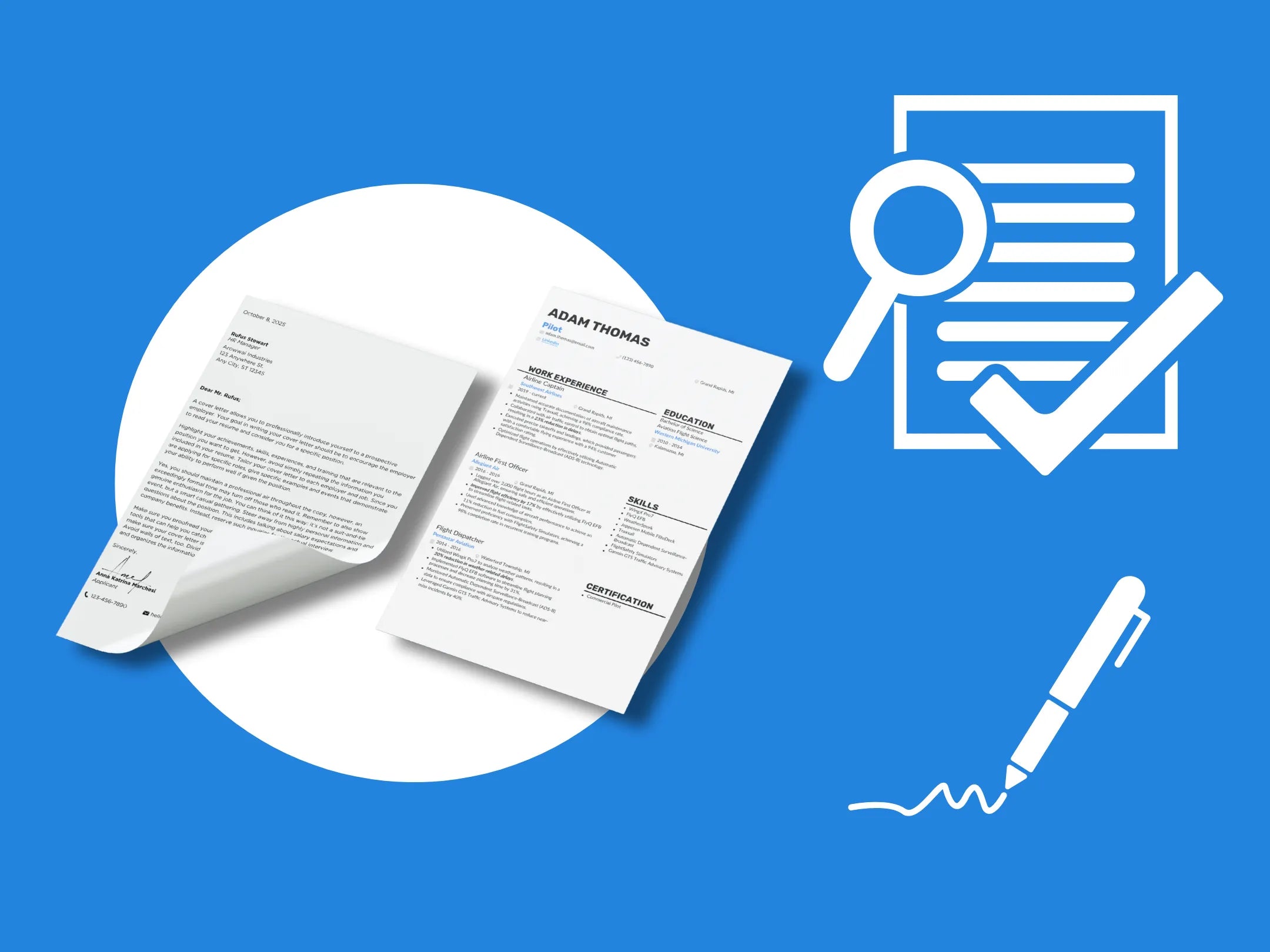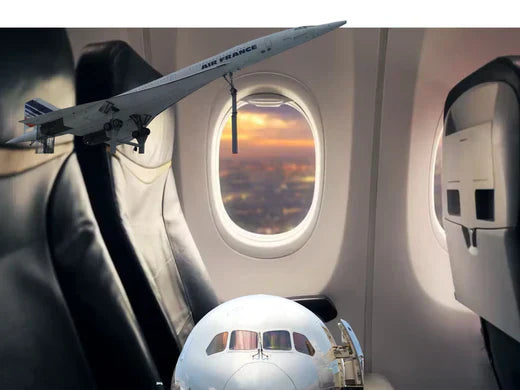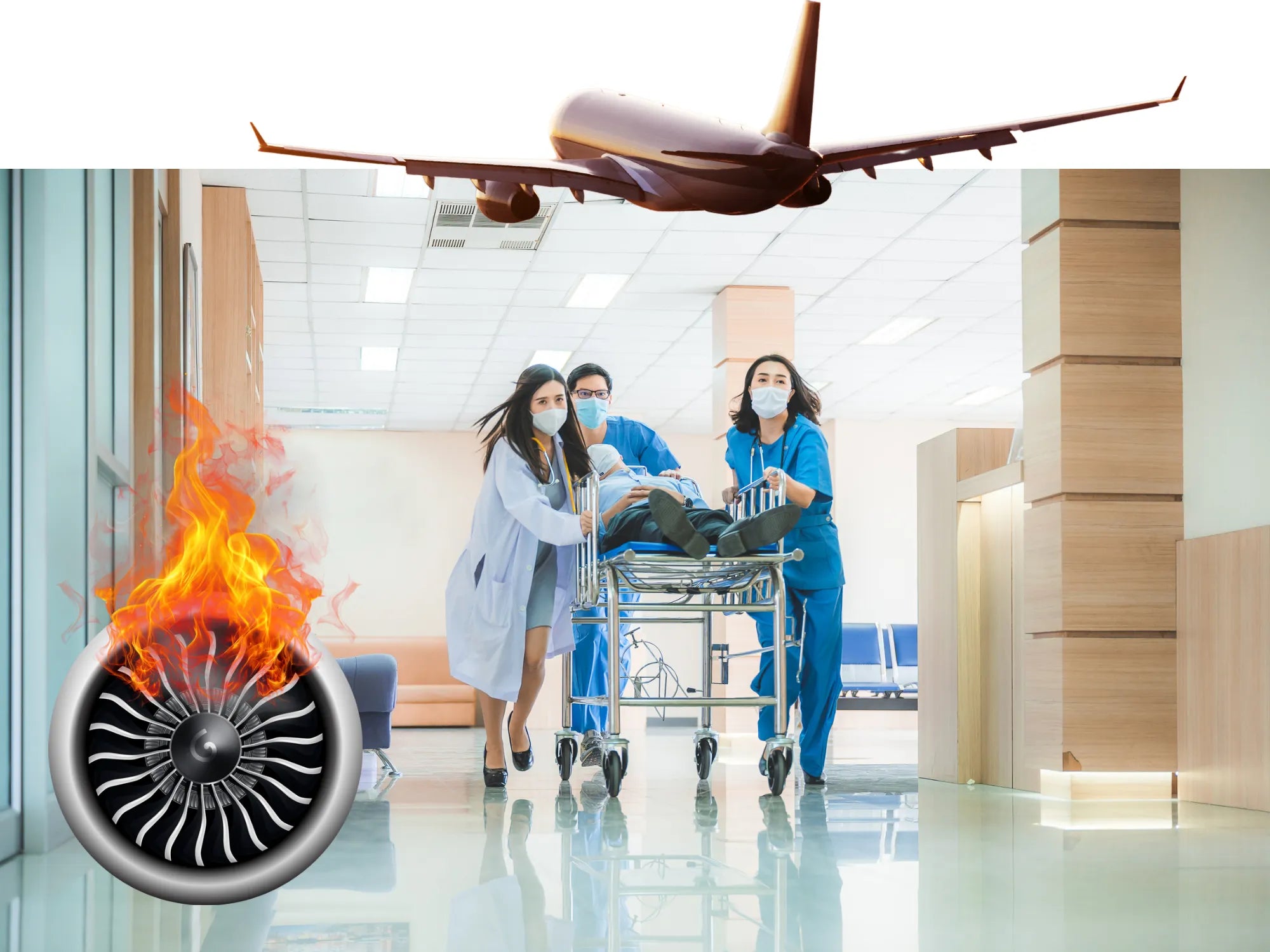Introduction
Long-haul flights, typically defined as flights lasting over six hours, present unique challenges to both passengers and crew members. These extended periods of time in the air can have significant impacts on health due to factors such as altitude, fatigue, disruption of circadian rhythms, and prolonged immobility. Understanding these challenges is crucial for mitigating their effects and ensuring a safer and more comfortable journey. This article explores the physiological challenges associated with long-haul flights, including altitude-related issues, fatigue, circadian rhythm disruption, spatial disorientation, the risk of deep vein thrombosis (DVT), stress, and the effects of prolonged immobility.
Altitude and Cabin Pressure
Reduced Oxygen Levels
One of the most immediate physiological challenges of flying is the reduced oxygen levels at high altitudes. Commercial aircraft typically cruise at altitudes of 30,000 to 40,000 feet, where the outside air pressure is much lower than at sea level. To make this environment habitable, cabins are pressurized, but not to sea-level pressure. Instead, the cabin pressure is equivalent to that found at about 6,000 to 8,000 feet above sea level.
- Hypoxia: This reduced cabin pressure can lead to mild hypoxia, a condition where the body tissues don’t receive enough oxygen. Symptoms can include headaches, fatigue, dizziness, and impaired cognitive function. Although the body adapts to lower oxygen levels, people with pre-existing respiratory or cardiovascular conditions may be more susceptible to hypoxia.
Dehydration
The low humidity in airplane cabins, usually around 10-20%, can lead to dehydration. This dry environment can cause:
- Dry Skin and Mucous Membranes: Passengers often experience dry skin, eyes, and throat. It can also exacerbate conditions like asthma or sinusitis.
- Increased Risk of Dehydration: Without adequate fluid intake, dehydration can lead to fatigue, dizziness, and decreased cognitive function. It’s recommended to drink water regularly throughout the flight and avoid excessive consumption of alcohol or caffeine, which can further dehydrate the body.
Fatigue and Circadian Rhythm Disruption
The Impact of Fatigue
Long-haul flights often require passengers and crew to remain awake and alert for extended periods, leading to fatigue. Fatigue can impair cognitive function, reaction time, and decision-making abilities, which is particularly concerning for flight crews who must maintain vigilance throughout the flight.
- Cumulative Fatigue: For frequent flyers, especially crew members, fatigue can accumulate over multiple flights, leading to chronic sleep deprivation. This cumulative fatigue can have long-term health effects, including an increased risk of cardiovascular disease and mental health disorders like depression and anxiety.
Circadian Rhythm Disruption
Our bodies operate on a circadian rhythm, a natural 24-hour cycle that regulates sleep-wake patterns, hormone production, and other vital functions. Long-haul flights, particularly those crossing multiple time zones, can severely disrupt this rhythm, leading to:
- Jet Lag: Symptoms of jet lag include insomnia, daytime sleepiness, irritability, and digestive issues. The severity of jet lag depends on the number of time zones crossed, the direction of travel, and individual differences in circadian rhythm adjustment.
- Sleep Disorders: Disruption of the circadian rhythm can lead to sleep disorders, such as insomnia or hypersomnia, especially in crew members who frequently travel across time zones.
To learn more about how to manage jet lag, visit this guide from the National Sleep Foundation.
Spatial Disorientation
Understanding Spatial Disorientation
Spatial disorientation is a condition where a person’s sense of direction, balance, and position in space is confused, often due to conflicting signals from the inner ear and the eyes. This can be particularly problematic for pilots and crew members during long flights.
- Visual and Vestibular Conflicts: In the aircraft cabin, the lack of visual cues (e.g., the horizon) combined with the motion of the aircraft can cause disorientation. Passengers might feel dizzy or nauseous, while pilots may experience difficulty in maintaining spatial awareness, which is critical for safe flight operations.
Mitigating Disorientation
- Visual Focus: Focusing on a stable object or using visual aids in the cockpit can help reduce the effects of disorientation.
- Movement: Encouraging small movements, like head turns, can help recalibrate the body’s sense of balance and position.
For a deeper dive into spatial disorientation, check out this aviation safety article.
Economy Class Syndrome: Deep Vein Thrombosis (DVT)
What is Economy Class Syndrome?
Economy class syndrome, or deep vein thrombosis (DVT), refers to the formation of blood clots in the veins, typically in the legs, during long periods of immobility, such as a long-haul flight. DVT is a serious condition that can lead to life-threatening complications if a clot travels to the lungs, causing a pulmonary embolism.
- Risk Factors: Passengers at higher risk for DVT include those with a history of blood clots, recent surgery, pregnancy, or who are obese. Long periods of sitting, dehydration, and low cabin pressure all contribute to the risk of DVT.
Preventing DVT
To reduce the risk of DVT during a long flight:
- Stay Hydrated: Drink plenty of water throughout the flight.
- Move Regularly: Get up and walk around the cabin every 1-2 hours. Simple leg exercises while seated, like ankle rotations and leg lifts, can also help.
- Wear Compression Stockings: These can improve circulation and reduce the risk of clot formation.
For further information on DVT and prevention strategies, visit this resource from the Mayo Clinic.
Stress and Mental Health
Sources of Stress on Long-Haul Flights
Flying, especially over long distances, can be a stressful experience due to factors like:
- Crowded Spaces: The confined space of an aircraft cabin can lead to feelings of claustrophobia and anxiety.
- Fear of Flying: For some passengers, the very act of flying is a source of intense stress and anxiety.
- Unpredictable Delays: Flight delays, turbulence, and other unexpected events can heighten stress levels during travel.
Managing Stress and Anxiety
- Breathing Exercises: Deep breathing techniques can help calm the nervous system and reduce anxiety.
- Mindfulness and Relaxation: Practices like mindfulness meditation or progressive muscle relaxation can help manage in-flight stress.
- Entertainment and Distraction: Watching a movie, listening to music, or reading can provide a distraction and help pass the time more comfortably.
For more on managing travel stress and anxiety, check out this article from the American Psychological Association.
The Effects of Prolonged Immobility
Physical Health Risks
Prolonged immobility during long-haul flights can lead to a variety of health issues, beyond the risk of DVT:
- Muscle Stiffness and Pain: Sitting for long periods can cause stiffness and discomfort in the muscles, particularly in the back, neck, and legs.
- Reduced Circulation: Immobility reduces blood flow, which can contribute to swelling in the legs and feet and increase the risk of circulatory problems.
Preventative Measures
To mitigate the effects of immobility:
- Frequent Movement: Get up and walk around the cabin when possible. Even simple stretches and movements in your seat can improve circulation and reduce stiffness.
- Foot Exercises: Regularly flex and extend your feet to encourage blood flow and reduce the risk of swelling.
- Comfortable Clothing: Wear loose, comfortable clothing that doesn’t restrict circulation during the flight.
Conclusion
Long-haul flights present a range of physiological challenges that can impact both passengers and crew. From the effects of altitude and cabin pressure to the risks associated with fatigue, circadian rhythm disruption, and prolonged immobility, understanding these challenges is essential for maintaining health and well-being during long flights. By taking proactive steps, such as staying hydrated, moving regularly, managing stress, and preparing for the effects of jet lag, travelers can significantly reduce the negative impact of long-haul flights on their health.
FAQs
1. What are the most common health issues associated with long-haul flights?
The most common health issues include dehydration, jet lag, deep vein thrombosis (DVT), muscle stiffness, and fatigue. These can be mitigated by staying hydrated, moving regularly, and taking steps to manage your sleep schedule and stress levels.
2. How can I reduce the risk of DVT on a long flight?
To reduce the risk of DVT, stay hydrated, move around the cabin every 1-2 hours, do leg exercises while seated, and consider wearing compression stockings.
3. What can crew members do to manage fatigue during long flights?
Crew members can manage fatigue by ensuring adequate rest before flights, staying hydrated, eating balanced meals, and taking short breaks during the flight whenever possible.
4. How does altitude affect the body during a long flight?
The reduced cabin pressure at high altitudes can lead to mild hypoxia (low oxygen levels) and dehydration. Symptoms may include headaches, dizziness, and fatigue. Staying hydrated and taking deep breaths can help alleviate these symptoms.
5. What strategies can help manage jet lag after a long-haul flight?
To manage jet lag, gradually adjust your sleep schedule before traveling, stay hydrated, expose yourself to natural light upon arrival, and try to stay awake until the local bedtime at your destination.
6. How can passengers manage stress and anxiety during long flights?
Managing stress and anxiety during long flights can be achieved through deep breathing exercises, mindfulness practices, and keeping yourself distracted with entertainment like movies, music, or reading.



